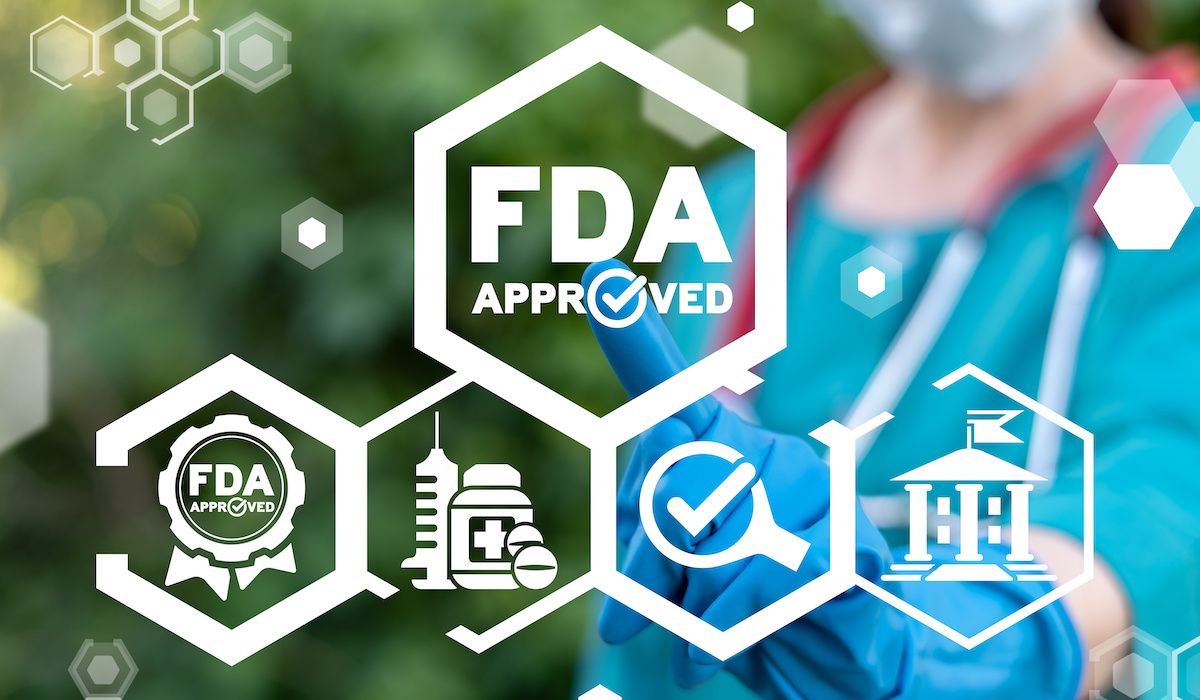Article
A Balancing Challenge: Social Relationships in the Life of Adolescents With Narcolepsy
Author(s):
Anne Marie Morse, DO, a pediatric neurologist and sleep medicine specialist at Geisinger Medical Center, talked about the challenges that adolescents with narcolepsy face in their social relationships.
A version of this article was originally published on NeurologyLive. This version has been lightly edited.
Adolescent patients with symptoms of narcolepsy, such as excessive daytime sleepiness (EDS) and cataplexy, may experience a significant effect on their social health during a critical social developmental period in their lives. The existing literature in the field of sleep medicine is limited in providing insight into the social challenges that these patients can encounter. Recently, though, a few studies have been published in the Journal of Clinical Sleep Medicine assessing the impact that narcolepsy has on the social relationships of adolescents—including friendships and romantic and sexual relationships.
Findings in one of those recently published studies from Zhou, et al on social relationship health revealed an overarching theme that adolescents and their parents experience difficulty in trying to balance narcolepsy symptom management with meaningful social engagement.1 In a similar recently published study from Davidson et al, 254 patients with narcolepsy between 18 and 39 years old were included, and all participants reported that narcolepsy made their social life more challenging.2
In a recent interview with NeurologyLive®, Anne Marie Morse, DO, pediatric neurologist and sleep medicine specialist at Geisinger Medical Center, discussed more about the findings from both of these studies. She spoke about the themes highlighted in the studies and what providers should do in helping to manage their patient’s narcolepsy to improve their life of social engagement with others.
NeurologyLive®: What was the overarching theme of the study in terms of how narcolepsy affected adolescents' social lives?
Anne Marie Morse, DO: The 3 main domains addressed were mood, physical activities, and driving [from Zhou et al]. The overarching theme for both adolescents with narcolepsy and their parents is the balancing—fitting their life into a schedule [that is] dictated by narcolepsy symptoms. There was a limitation in feeling as though they could navigate activities the same as peers without narcolepsy and frequently had to compromise or prioritize activities.
What is the main recommendation for providers treating adolescents with narcolepsy in terms of addressing the impact of narcolepsy on their social health?
Understand and address the priorities of the teens with narcolepsy they care for. Acknowledge, and even validate, the social limitations and encourage social support and include these factors as part of the areas to measure the impact of current treatment. Ask if they are less sleepy… but also are they less socially isolated?
What is the impact of narcolepsy on social relationships and sexual health of young adults?
Individuals with narcolepsy are higher risk for social isolation, sometimes purposefully as a method of coping, and other times not [because of] missed interactions. Both result in decreased opportunity to socialize, establish relationships, and even engage in intimacy. And even when these barriers are overcome, during the act of intimacy some may experience sleep attacks or cataplexy, which compromises the intimate experience.
How do you think individuals with narcolepsy prioritize their social relationships and what kind of support do they receive?
Individuals with narcolepsy may struggle to prioritize social relationships because of competing priorities to be successful in other spheres like work, school, even activities of daily living. For some individuals, especially children and teens, there may be parental support and advocacy recognizing these needs. With this stated, advocacy groups for individuals with narcolepsy are incredibly active and continue to raise awareness and even demand for the field of sleep medicine to improve on our delivery of care and prescribe social support as a measure of therapeutic intervention.
How do you think providers address the impact of narcolepsy on the social and sexual health of young adults?
At this time, it appears as though there is a disconnect between clinicians asking about or giving guidance on social and sexual health, despite individuals with narcolepsy demonstrating that it’s a problem, and [that they] would welcome inquiry and guidance. This manuscript [from Davidson et al] highlights the call to action for the need to go beyond the evaluation and measure of EDS and cataplexy as goals of treatment, but to personalize the treatment goals to improving the reported disability (social, sexual, work, academic, driving, etc) associated with having narcolepsy. Utilizing a multidimensional approach to management which may include medication, social support and peer mentorship, education, psychology, and day or sleep structure that is personalized and evolves with patients' needs and progress.
Transcript edited for clarity.
References
1. Zhou ES, Revette A, Heckler GK, Worhach J, Maski K, Owens JA. Building a deeper understanding of social relationship health in adolescents with narcolepsy disorder. J Clin Sleep Med. 2023;19(3):491-498. doi:10.5664/jcsm.10372
2. Davidson RD, Biddle K, Nassan M, Scammell TE, Zhou ES. The impact of narcolepsy on social relationships in young adults. J Clin Sleep Med. 2022;18(12):2751-2761. doi:10.5664/jcsm.10212.
2 Commerce Drive
Suite 100
Cranbury, NJ 08512
© 2025 MJH Life Sciences® and AJMC®.
All rights reserved.





